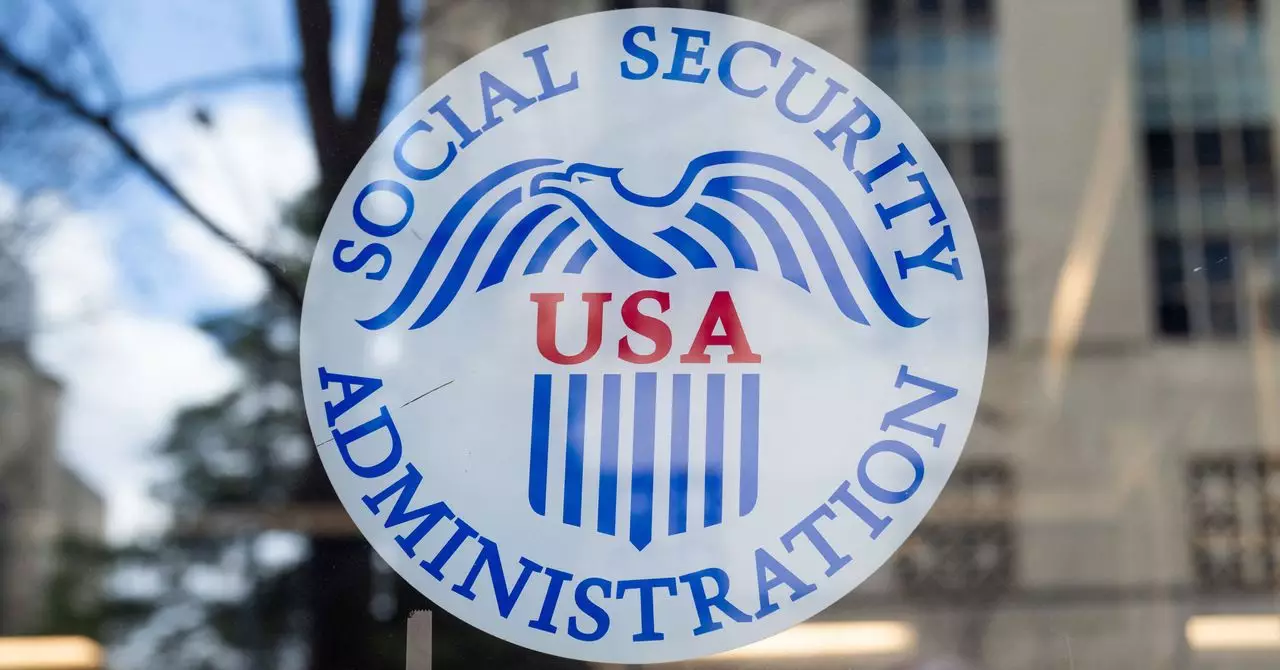In the realm of technology and software development, the term “legacy system” evokes a shared sense of trepidation and nostalgia. The Social Security Administration (SSA) epitomizes this dilemma with its heavy reliance on COBOL, a programming language that has become synonymous with both reliability and obsolescence. In the hands of the SSA, COBOL does not merely perform routine tasks; it orchestrates critical functions like issuing social security numbers and managing beneficiary payments. Despite its dependable past, the current state of this aging code presents a chilling prospect: any seemingly minor modification could unleash a cascade of failures, jeopardizing essential services for millions.
Dan Hon, a consultant specializing in governmental technology strategies, succinctly expresses the gravity of this situation: a rushed migration could lead to widespread malfunctions that negatively impact people’s livelihoods. The SSA’s status quo is precarious, yet the pathway to modernization remains nebulous, as organizational priorities shift focus toward non-essential contracts and the adoption of artificial intelligence (AI) for augmenting certain functions.
Transition Challenges: The Road to Modernization
The timing and agenda for finally modernizing the SSA’s systems, particularly its migration away from COBOL, is opaque. A document recently circulated among SSA staff outlines priorities that notably omit any mention of legacy code migration. While the SSA eyes potential efficiencies through AI, the bleak reality remains: to transform their infrastructure will require a significant commitment—fiscally, logistically, and technologically.
Emerging from an interesting collaboration with modern developers, the so-called “DOGE operatives”—a group of young, relatively inexperienced engineers—are now tasked with critical projects intended to mitigate the growing strain on the Social Security system. The objectives appear noble, targeting fraud prevention and ensuring beneficiary validity, yet the challenges they face cannot be overstated.
The ambitious initiative titled “Are You Alive Project” signifies an intent to rectify perceived irregularities within the SSA’s beneficiary framework. Concurrently, the agency seeks sweeping legal permissions to enhance its access to systems necessary for executing this innovative work. Yet skepticism surrounds the efficacy of hastily implemented solutions.
The Role of AI in Legacy Migration
A key consideration in the modernization effort is the potential role of generative AI. Adopting AI tools may very well facilitate the transition of millions of lines of COBOL code into a more streamlined programming language. However, simply discarding the old system in favor of new technologies, as some proponents of the DOGE team might suggest, feels overly simplistic. Many experts, including former SSA technologists, express profound caution.
The task is not just about replacing outdated code but ensuring that the new code harmonizes with existing processes and produces outputs that align with established standards. Critics argue that the DOGE team may underestimate the “house of cards” nature of the current infrastructure. A prevailing tension emerges: the allure of rapid change must be balanced against the profound implications of error-prone data and systems.
Need for a Thoughtful Approach
Experts within the SSA unanimously caution against a chaotic transition. The complexity of the data world that the SSA navigates requires a methodical approach, not a rapid-fire overhaul. With the SSA’s current systems delicately balanced like a game of Jenga, each move carries the potential for collapse. The reality of this scenario necessitates dialog among stakeholders, better strategy development, and more profound investment in infrastructure. Simply put, the stakes are high, and the margins for error are slim.
The modernization of SSA’s legacy systems embodies an essential journey toward a more resilient future. It abruptly reminds us of the delicate interplay between progress and stability in a world increasingly reliant on technology, urging us to be measured, thoughtful, and strategic in our pursuit of innovation. Only then can the SSA prepare itself for the demands of the future.


Leave a Reply